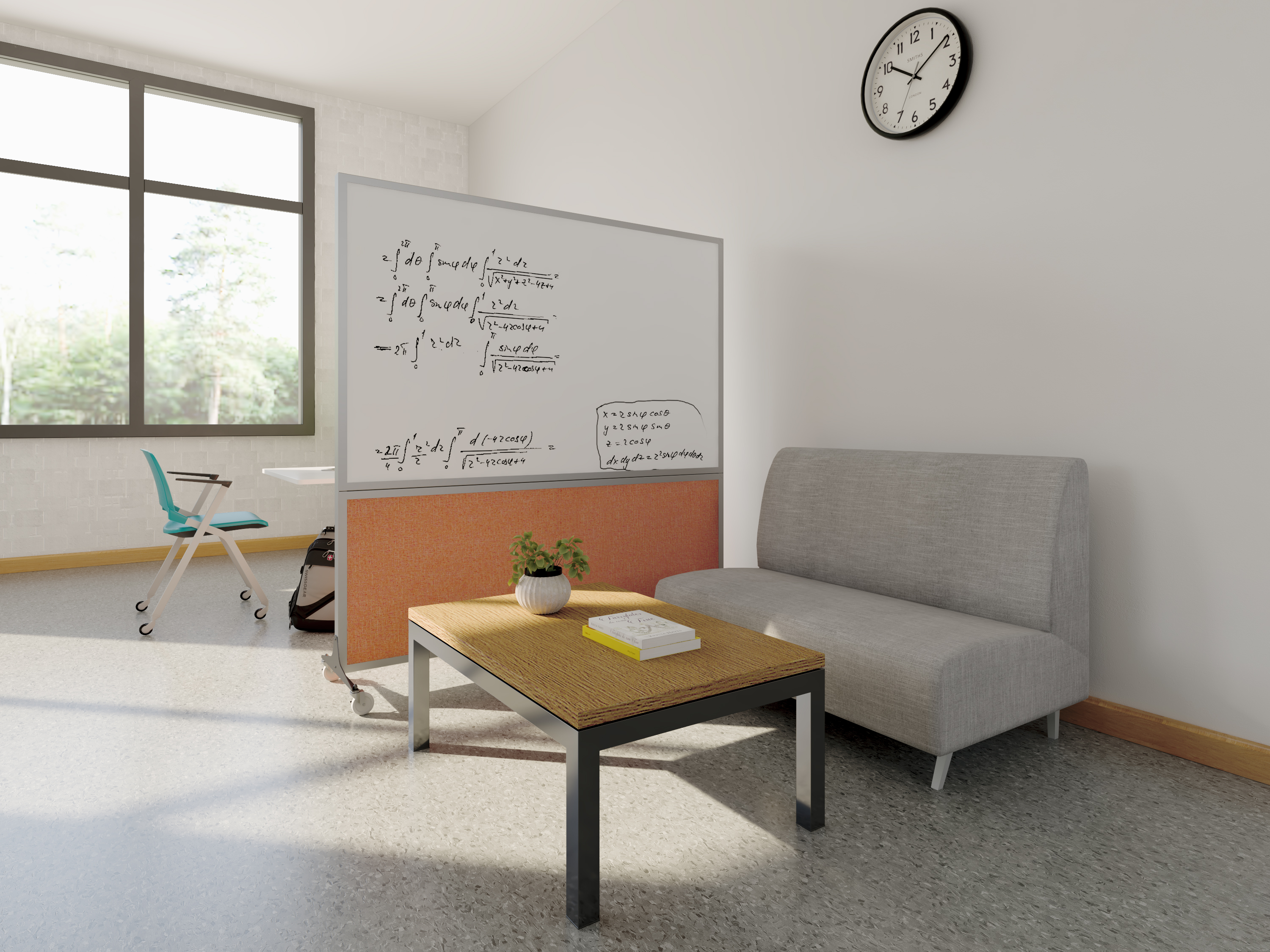Adapt Your Classroom for Personal Learning Styles
Posted by Versare on Apr 24th 2023

Personalized learning spaces are emerging in schools as a critical reaction to ‘industrial era’ school models. At the same time, educators know that students’ individual learning styles and behavioral needs can affect engagement and retention.
So how do you create the classroom you need in the classroom you have?
A few simple ideas can help you retrofit your environment to encourage engagement and respond to different learning styles.
1. Minimize distractions and simplify the classroom decor
Many students, especially those with behavioral challenges, need a space that allows them to focus.
Reduce classroom noise. Use carpet and acoustic panels to dampen sound and reduce bothersome noises such as buzzing lights and ticking clocks. For students that might need it, consider allowing noise-canceling headphones.
Reduce visual distractions. Busy, heavily decorated rooms can also distract students and negatively impact academic performance. Apply the less-is-more approach to classroom décor and limit color choices as well.
2. Create specialized areas for interaction or independent work
Students absorb and process in different ways, and often need reinforcement, repetition, and reflection.
Provide a space for 1-on-1 instruction. Create an area that allows teachers and support staff to adapt lessons to individual learning styles (auditory, visual, logical, social, physical) or for students to work together on specific academic skills.
Create quiet areas for independent work . Use flexible workstations or a room divider to make space for quiet, independent study, reflection, and focused work.
3. Consider a student-centered approach in your design
For most of today’s students, sitting quietly at a desk facing forward for an entire lesson is not conducive to their learning. They might have more success with hands-on learning, working in a small group, or benefit from soft furniture to be on the floor and closer to the instructor during active teaching.
Increase classroom adaptability. To support all students, use flexible furniture and seating that can be rearranged or moved for different types of learning engagements.
Define specific activity areas. Provide well-defined areas or learning centers for specific activities, spaces for group projects, and room for quiet spaces.
4. Identify spaces for collaboration
Collaboration spaces support social-emotional learning and help students practice and develop lifelong skills like communication, problem-solving, compromise, and sharing.
Create a space for collaborative work or group discussions . Partition space and provide tools students need to work together– movable whiteboards, tables for notetaking, rolling cabinets , and soft seating.
Do you need to adapt your classroom and personalize learning? Versare can help you create the learning space you need in the space you have, with solutions that include room dividers, mobile whiteboards, configurable workstations, and modular wall panels.

